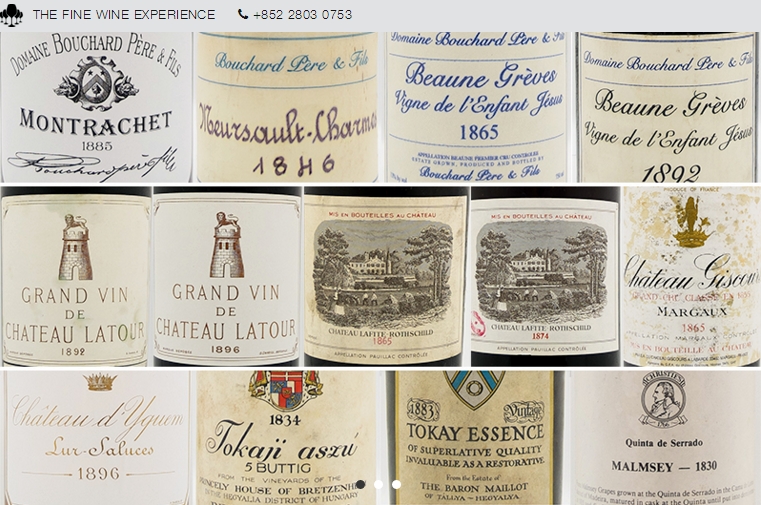By Jim Boyce | Want to taste a Chardonnay made just after England squeezed Hong Kong from China via the First Opium War? Or a Château Lafite-Rothschild made during the 1860s when European missionaries were both fermenting religion in Yunnan and planting vines they brought from home? Or, for the sweet tooth, a Château d’Yquem made just after France defeated China in the Sino-Franco war?
Fine Wine Experience is slated to offer that experience on October 25 in Hong Kong with a dinner featuring European vintages from the 19th century, a contentious time in the eyes of many in China, especially vis-a-vis the nations from where these wines hail. From the bottles to the bigger picture, there is lots of history.
“To taste a wine made in the 19th century is a paradoxical experience—the wine is alive, still offering its scent and its taste 12 decades of more later,” say the organizers. “At the same time it is made by generations of people all now gone.”
Gone but certainly not forgotten.
Similar 19th-century dinners were held in 2009 and 2010 in London with Christie’s, using wine from the company’s cellar. According to the organizers, it took five years to find wines for the upcoming feast.
“Many of the bottles are ‘ex-cellars’ recent releases from the producers themselves, or have been recently examined and in some cases recorked by the estate,” say the organizers, who add that the list was built on a provenance-first basis.
Quite a list, too, with 14 bottles, including from Bordeaux, Burgundy, Jura, Sauternes, Tokaj and Madeira. And the dinner, at Arbor in Hong Kong, will feature dishes inspired by the 19th century, too.
You don’t see dinners like this very often, and they don’t come cheap, with this one priced at HKD108,000. But if you have the money and a desire for a unique experience, you can find details here.
(Get the free Grape Wall newsletter here. Follow on LinkedIn, Instagram, Facebook and Twitter. Grape Wall has no sponsors: help support the mission, including World Marselan Day via PayPal, WeChat or Alipay. Contact Grape Wall at grapewallofchina (at) gmail.com.)
